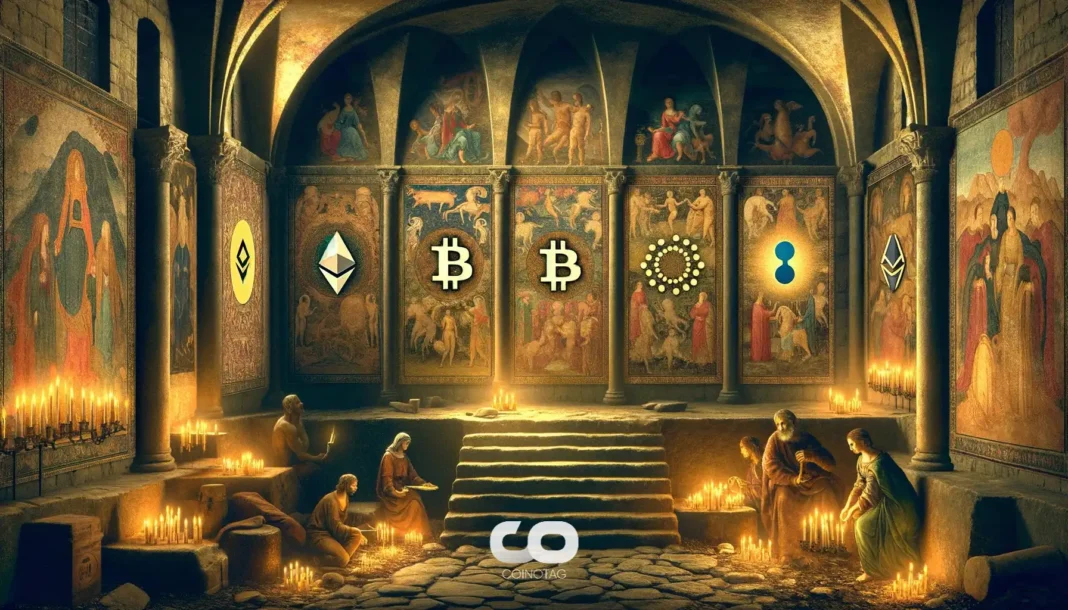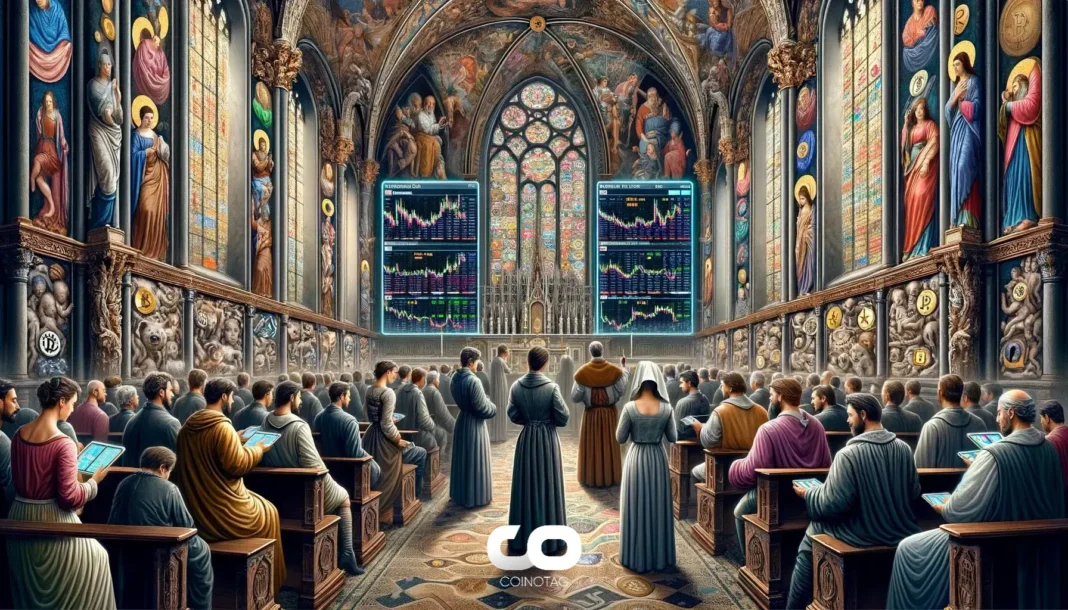-
Recent rumors about Ripple planning to burn 10% of its total XRP supply have sparked widespread discussion across crypto communities.
-
These claims stem from misunderstandings around token burn mechanisms and misattributed announcements related to other projects on the XRP Ledger.
-
According to COINOTAG, XRP’s burn process is an automatic, fee-based system embedded in the network, making large-scale burns like the rumored 10% supply reduction highly unlikely.
Ripple’s XRP token burn rumors debunked: automatic fee burns continue, but no large-scale 10% supply burn is planned, clarifying XRP’s true supply dynamics.
Understanding XRP’s Token Burn Mechanism and Supply Dynamics
The circulating supply of Ripple’s XRP currently stands at approximately 100 billion tokens, with a cumulative burn of just under 14 million XRP since inception. This burn occurs through a built-in mechanism where every transaction on the XRP Ledger incurs a small, irreversible fee that is permanently removed from circulation. Unlike other cryptocurrencies that conduct scheduled or strategic token burns to influence supply and price, XRP’s burn is a continuous, automatic process designed primarily to prevent network spam and maintain ledger integrity.
Clarifying the Misconceptions Behind the 10% Burn Rumor
The recent speculation about a 10% burn of XRP’s total supply appears to have originated from a misinterpretation of announcements related to the REALFI token, which operates on the XRP Ledger. A post by RealFi mentioned a planned burn of 10% of its own token supply, which was mistakenly conflated with XRP’s supply by some social media users. Given that burning 10 billion XRP tokens would be unprecedented and vastly exceed the total XRP burned historically, such an event would require explicit confirmation from Ripple Labs, which has not been issued.
Impact of XRP’s Burn Rate on Market Supply and Price Stability
At the current burn rate, it would take several centuries to achieve a 10% reduction in XRP’s total supply. This slow and steady burn mechanism contributes to network security without causing sudden shocks to the token’s market availability. Historical data shows that XRP’s price movements are influenced more by regulatory developments, adoption trends, and market sentiment rather than token burns. Therefore, investors should focus on fundamental factors rather than speculative burn rumors when assessing XRP’s value proposition.
Expert Insights and Industry Perspectives on XRP Supply Management
Financial analysts and blockchain experts emphasize that XRP’s supply management is fundamentally different from other cryptocurrencies that use token burns as a deflationary tool. According to COINOTAG, the XRP Ledger’s design prioritizes transaction efficiency and security over supply manipulation. This approach ensures that XRP remains a reliable digital asset for cross-border payments and institutional use cases, aligning with Ripple’s broader strategic objectives.
Conclusion
In summary, the circulating narrative about Ripple burning 10% of XRP’s total supply is unfounded and results from a misunderstanding of token burn protocols and unrelated token announcements. XRP’s burn mechanism is an automatic, transaction-based process that gradually reduces supply over time without dramatic impacts. Investors and enthusiasts are encouraged to rely on verified information and official statements to navigate the evolving landscape of XRP and the broader crypto market.





